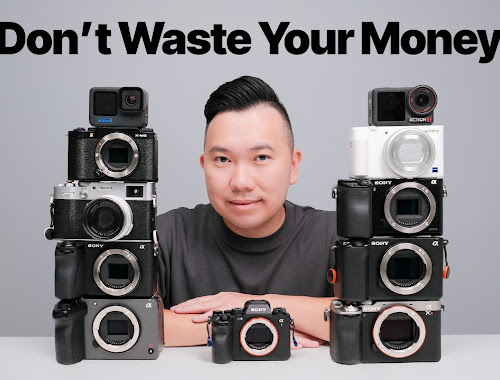Ultra macro video of the collodion wet plate process
Normally I use videos to document my work. This time the video is the main outcome of my work that shows how the crystals/salts change during the wet plate collodion process in an ultra macro video.
I started this project because I got asked a lot how the process is working. Questions like „what happens during fixing“ or „what changes when the tintype runs dry“ and so on. As you can imagine, I tried to explain every aspect of this process, but a picture is worth a 1000 words. Thats the reason of this video. What I did not know was, that the outcome will be this amazing, mesmerizing pictures from another world. Our jaws dropped during the first video of the developer doing its work. Our, because Erich a good friend helped me capturing the process. Thanks again for everything! Another great guy who made this project possible is Reinhold of http://www.glaserei.at who made the little glass containers I was filming the chemicals through. More information about that later. First I show you guys the two videos. The first one is about the whole wet plate collodion process – The second one shows the mesmerizing chemical ultra macro animation with relaxing music in 4k. That is something you can just run as a screensaver, or just if you want to slow down and relax.
All closeup macro videos of the chemicals were done with the Laowa 5x ultra macro without any CGI!
The video, that shows the whole process:
One more fun part. We decided to go with science officer Mr. „Teddy“ Spock as model and if you watch closely, you find him sitting on an antique book that is called „opportunities and how to make the most of them“ – I just thought this is the appropriate way to go.
It was much more work to get the job done, then I thought it will be. The depth of field at this magnification is about 1/10th of a millimeter. That is the reason I used a self modified macro focusing rail (actually three of them), partly made of laboratory equipment. The focusing on my Canon EOS 5D MK IV was done via HDMI on a bigger screen. The Screen on the 5D would have been too small for that.
This was also the reason I consumed a lot of plates. Because I prefocused before I put the plate in the glas tank to get a smooth video. If I misplaced the plate for only 2/10th of a millimeter, I had to do the shot again. But even these plates look kind of cool. I started to do scratches on the plates before I put them into the tank, so it was easier to focus.
Beside of the tiny depth of field, every tiny vibration was a huge problem. If you see some tiny movements during the video, this is because we were not standing as still as we should have. I never thought the tiles on the floor are moving, but they do – even when we stand 2 meters away. Thats also the reason our making of material is limited.
The next issue was the light, it heated up the chemistry and that resulted in little bubbles that showed up. So we had to clean the tanks pretty often to move them away.
A short explanation of the whole process:
At the beginning I pour a mixture of ether, alcohol, collodion, cadmium bromide and ammonium iodide on the plate. After I put the plate in the silver bath, this cadmium bromide and ammonium iodide turn to silver bromide and silver iodide – which are light sensitive. From now on I have to work under safe light when I put the plate into the plate holder.. After the plate holder is mounted on the camera I do the exposure. Now it’s time to go back into the darkroom and develop the plate. The developer contains ferrous sulfate that sticks to all the crystals that are charged with light. After stopping the develop process with water I start to fix the plate. The fixer contains sodium thiosulfate that washes away the unexposed silver and the image appears.
You find a detailed explanation of the process here (Sensertising, developing fixing and much more)
https://www.youtube.com/watch?v=jRERNUBgYpw
Creating and maintaining silver nitrate bath, developer and fixer
https://www.youtube.com/watch?v=rexAAFcq18Y
Creating collodion:
https://www.youtube.com/watch?v=ozf-irotm40
More BHTS pictures – thanks again to Erich for that!
Upcomming workshops: www.markus-hofstaetter.at/pages/workshops
For individual workshops please contact me here: www.markus-hofstaetter.at/pages/kontakt
If you guys want to experience yourself how a tintype is made and own a one of a kind wet plate, please contact me via my website wetplate.art
Don’t forget to subscribe to my Newsletter: blog.markus-hofstaetter.at/Newsletter
You may also like "Love on Fire: A wedding shooting of the elements"


























0 comments:
Post a Comment